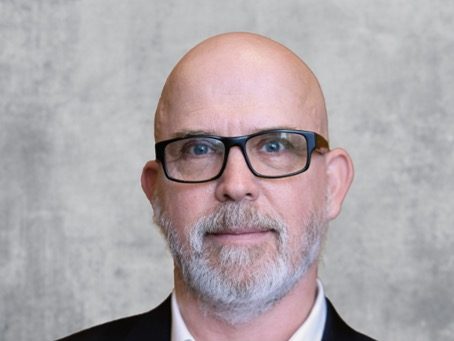
The reach of the third FESPA Print Census 2023 is expected to be bigger and more inclusive than its predecessors – and your contribution will help shape the future of the print industry, according to FESPA head of associations and technical lead Graeme Richardson-Locke.
He said, “The data we got back then was sourced from around 2,000 respondents. This was enough to give us the statistically valid data to produce global and regional insight reports. But the aim of the 2023 cycle is to obtain granular enough data to deliver national reports”.
Richardson-Locke mentioned that industry professionals should fill out a census as FESPA aims to listen to every printer within all the disciplines of this broad industry.
“As a federation, this is a great opportunity for FESPA to hear from members about the industry’s direction of travel, the levels of market optimism, how customer demands are shifting the product mix, what the hot products are, where the areas of market growth are, the effects of huge growth in the disruption of digital print in the textile marketplace, the digitalisation in packaging, print on demand, short-run corrugated packaging and so on,” he said.
The census should only take about 20 minutes to complete. It also includes questions around the growth of software automation and the investment in digital technologies in a post-pandemic environment.
“The results of the census are also really useful in that they will inform what FESPA offers to its members and in turn to the exhibitor community. This is a very granular census and I encourage people to take part,” Richardson-Locke said.
“The census is extremely comprehensive, without being generic. We want to ask the market where they see the most value – whether that’s international networking, access to knowledge and industry skills, or market research to understand the position in their country or globally.”
FESPA aims to double the numbers of respondents this year, and to make that happen, it has increased its language options to 24.
Richardson-Locke also mentioned that in the last survey, concerns around environmental sustainability were influencing 76 per cent of respondents. And 72 per cent had invested in sustainability without increasing their end user pricing.
“Inevitably, sustainability has become something that customers expect even more. In the 2018 survey, one in three respondents had invested in energy efficient or environmentally certified equipment,” he said.
“The pandemic has accelerated progress in sustainability that would otherwise have taken much longer. But now, sustainability can still seem like a bunch of uncoordinated metrics. I think we are moving towards a more crystallised, quantifiable and comparable series of metrics that that actually enable us to determine whether buying – for example – leather shoes or synthetic leather shoes is the more appropriate choice.
“But I think we are a long way off from that position of being able to say, for example, that buying a 10-year-old diesel car is actually a better option than buying a new electric vehicle. Our current incremental approach is massively insufficient to address the problems that we’re all experiencing.
“It’s clear we are heading for very expensive systemic crises and the cost of our neglect is going to be profound and challenging to the economy. If we look at print, we need a radical reinvention: commercial reasoning will still exist, in point of sale for example: promoting a product. But if you could provide a fibre base like Re-board and add a new graphic wrap every six weeks, that could save 90 per cent of material consumption. Innovation will arise in areas like this.
“We have questions in the census that gauge sustainability awareness in the industry: for example, how much demand printers are seeing and how they’re responding. So that allows us to prioritise information on sustainability topics. I think FESPA is connected enough to specialty print markets to have a good sense of where they are, but there’s nothing like some cold, hard statistics, actions you’ve taken to make your operation more environmentally friendly.”
In the 2023 census, printers can also create multiple product entries and characterise their businesses more accurately. This will result in FESPA being able to relate the data gathering to multiple segments with more elaboration.
“Keypoint Intelligence has the best understanding of survey construction logics to allow us to do the best data analysis. This is not something that you could do with a Survey Monkey report – it is far more complicated,” he said.
“It’s really difficult getting a balance in a 20-minute survey to really how granular you can get so there was a lot of discussion around the phrasing of the questions and trying to extract the most value from the shortest most insightful questions.
“If you complete the FESPA 2023 Print Census you will be entered into a prize draw for free accommodation for FESPA Global Print Expo 2023 in Munich and everyone will receive a key summary report of the findings of the survey in the spring of 2023.”
The survey will remain open until the end of 2022. Click here to take part in it.
Richardson-Locke will also be making a short presentation at the FESPA Conference – People Planet Profit via video. Click here to register for the conference.
Comment below to have your say on this story.
If you have a news story or tip-off, get in touch at editorial@sprinter.com.au.
Sign up to the Sprinter newsletter
